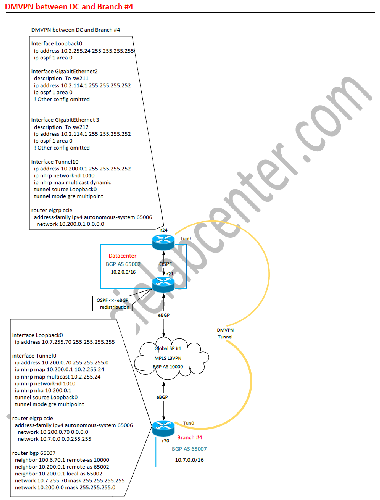Design q2-11
{"name":"Design q2-11", "url":"https://www.quiz-maker.com/QPREVIEW","txt":"Test your knowledge on network optimization techniques and protocols with our interactive quiz! This quiz covers essential topics including RSTP deployment, EIGRP adjacency issues, and EtherChannel configurations.Enhance your understanding of network designChallenge your skills with real-world scenariosPerfect for engineers preparing for certification","img":"https:/images/course8.png"}
More Quizzes
Routing
502546
Routing Protocol Administrative Distances
10533
What Great Adventure ride are you?
7418
Weathering, Erosion, and Rock Cycle Quiz
33160
The Little Mermaid: 'Part of Your World' Lyrics
201023388
Does My Ex-Boyfriend Miss Me? Free - Instant Results
201018301
WW1 Questions - Test Your Knowledge
201017391
Which Hetalia Character Are You? - Free Personality
201017073
Which Factor Precipitates Confabulation? NCLEX Psych
201021577
Which Avatar: The Way of Water Character Are You?
201017326
Test para saber qué me gusta hacer - Gratis y rápido
201018530
What Kind of Traveler Are You? - Find Your Type
201018530

